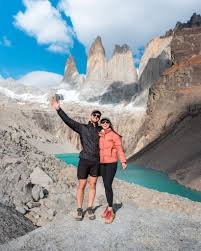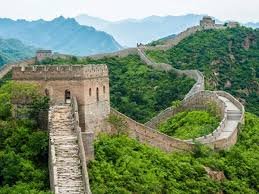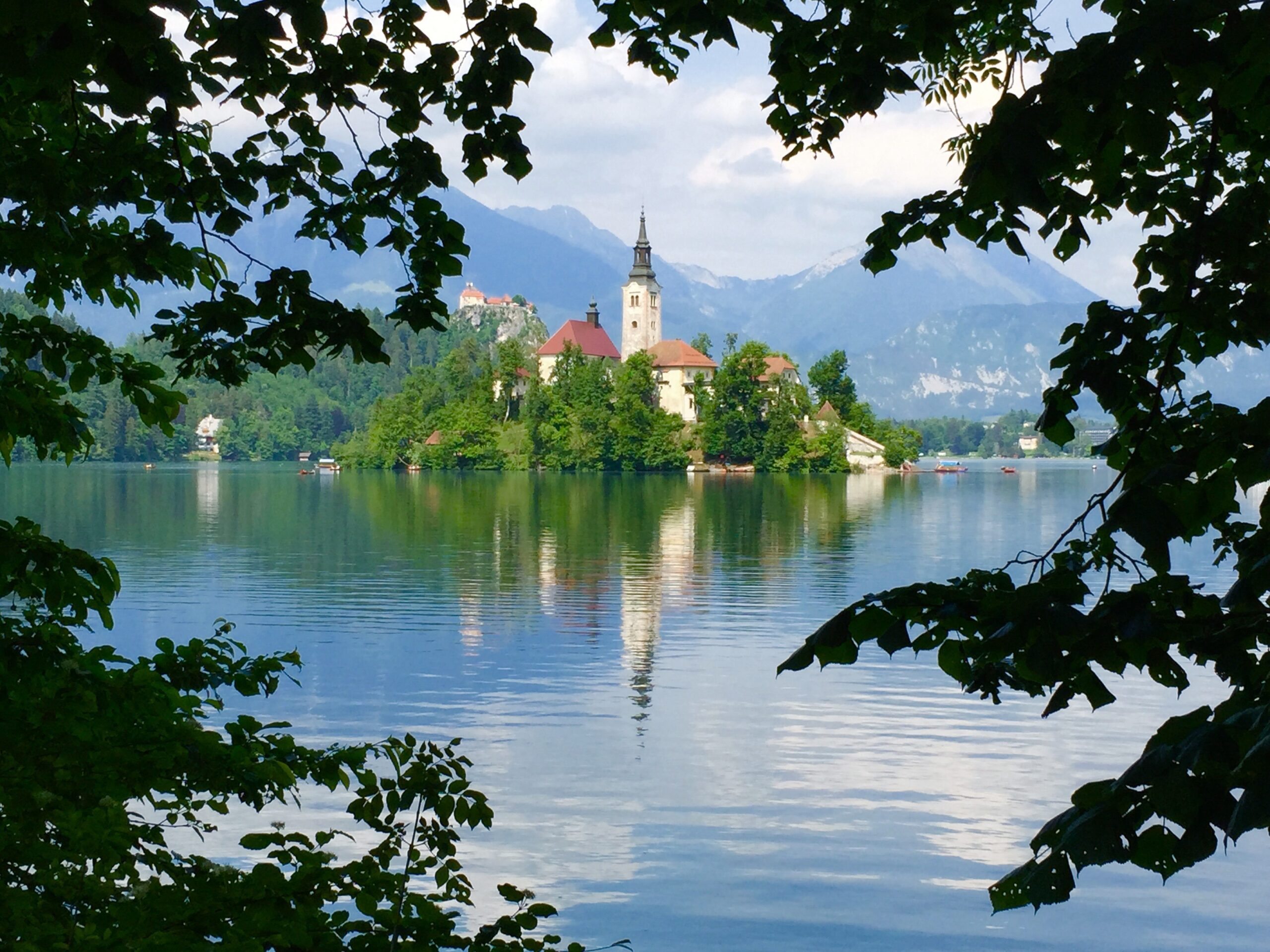Salar de Uyuni, Bolivia: Nature’s Mirror and the World’s Largest Salt Flat
Hidden deep within the remote southwestern plains of Bolivia lies a breathtaking natural wonder—Salar de Uyuni, the largest salt flat on Earth. Stretching over 10,000 square kilometers, this otherworldly landscape is a surreal combination of vast white salt crust, endless blue skies, and when wet, a natural mirror so perfect it feels like walking in the sky.
Whether you’re a nature lover, adventure seeker, or photographer, Salar de Uyuni is an unmissable experience that offers stunning scenery, unique ecosystems, and a glimpse into both geological history and local Bolivian culture.
Formation and Geology: A Prehistoric Legacy
Salar de Uyuni was formed around 30,000 to 40,000 years ago as a result of the drying up of prehistoric lakes, primarily Lake Minchin. As the lake evaporated, it left behind a thick crust of salt along with lithium-rich brine pools underneath. Today, this vast salt flat contains over 7% of the world’s known lithium reserves, making it not just a scenic marvel but also a valuable mineral resource.
The salt layer is composed of polygonal salt tiles, naturally formed due to the drying and cracking of the surface, creating stunning geometric patterns that stretch endlessly across the horizon.
A Natural Mirror: The Rainy Season Magic
One of the most captivating aspects of Salar de Uyuni is its transformation during the rainy season, typically from December to April. When a thin layer of water covers the salt crust, it creates an almost perfect reflection of the sky above. This turns the salt flat into the largest natural mirror in the world, producing optical illusions that make people appear as if they’re walking on clouds or floating in the sky.
Photographers from all over the world flock to capture these mirror effects, often playing with depth and scale to create jaw-dropping images.
Best Time to Visit
Choosing when to visit Salar de Uyuni depends on the kind of experience you’re seeking:
- Wet Season (December to April): Ideal for the mirror effect. Expect limited accessibility in some areas due to water coverage.
- Dry Season (May to November): Best for seeing the geometric salt patterns, visiting the salt hotels, and exploring nearby attractions like Isla Incahuasi.
Both seasons offer unique experiences, so the decision ultimately depends on whether you prefer reflection photography or off-road adventures.
How to Get There
Getting to Salar de Uyuni involves some planning due to its remote location:
- By Air: The quickest way is flying to Uyuni Airport (UYU) from La Paz, Bolivia’s capital. Daily flights take around an hour.
- By Bus: You can take an overnight bus from La Paz or Potosí, which offers a more budget-friendly option but takes longer.
- By Train: There’s also a train service from Oruro to Uyuni, offering a scenic and comfortable ride.
Most travelers then join a guided jeep tour, which is the most common way to explore the salt flats and surrounding landmarks.
Must-See Attractions Within and Around Salar de Uyuni
Salar de Uyuni is more than just a salt flat. The region boasts numerous natural wonders and cultural highlights:
1. Isla Incahuasi (Fish Island):
Rising from the middle of the salt flat, this rocky island is covered in ancient giant cacti and offers panoramic views of the vast salt plain. It’s a must-visit for a hike and a picnic with a view.
2. Train Cemetery (Cementerio de Trenes):
Just outside Uyuni town lies a haunting collection of abandoned 19th-century steam trains, remnants of a once-booming mining era. It’s a popular photography spot and offers a glimpse into the area’s industrial past.
3. Salt Hotels:
Unique to the region, these hotels are constructed almost entirely out of salt blocks, from the walls to the furniture. Staying in a salt hotel offers a truly one-of-a-kind experience.
4. Eduardo Avaroa National Reserve:
Located south of the salt flat, this reserve is home to colorful lagunas (lakes) like Laguna Colorada and Laguna Verde, active volcanoes, geysers, and rare wildlife such as flamingos, vicuñas, and Andean foxes.
5. Ojos de Sal:
These “salt eyes” are small bubbling holes in the salt crust where water and gas escape from the brine beneath. They’re considered sacred by locals and are worth a stop during your tour.
Wildlife and Ecosystem
Despite its barren appearance, the region supports unique wildlife. During the rainy season, the salt flat becomes a breeding ground for three species of flamingos—Chilean, Andean, and James’s flamingos. You may also spot llamas, alpacas, and vizcachas (a rabbit-like rodent) in the surrounding highlands.
The combination of extreme altitude (over 3,600 meters above sea level), dryness, and salinity has shaped a fragile but fascinating ecosystem.
Practical Travel Tips
- Altitude Acclimatization: Salar de Uyuni is at a high elevation, so allow time to adjust and drink plenty of water. Bring altitude sickness medication if needed.
- What to Pack: Warm layers (it gets cold at night), sunglasses, sunscreen, comfortable walking shoes, and a good camera.
- Local Currency: Bolivian Boliviano (BOB). Carry cash, as ATMs are limited.
- Tour Length: Most popular tours are 1-day, 3-day, or 4-day tours. Multi-day tours include nearby lagoons and desert areas.
- Photography Tip: Bring props like mirrors, small figurines, or water bottles for fun optical illusion photos during the dry season.
Cultural Insight
The salt flat is sacred to many indigenous Aymara and Quechua communities, who still harvest salt traditionally. Visiting with a local guide can offer insight into these traditions and help support the sustainable tourism movement in the area.
Moreover, Bolivian hospitality is warm and welcoming. Local cuisine often features quinoa, llama meat, and potatoes, all staples of the high-altitude Andean diet.
Final Thoughts
Salar de Uyuni is not just a destination—it’s an emotional and visual experience that stays with you long after you leave. Its dreamlike beauty, unique ecosystems, and profound silence make it feel like another planet.
Whether you’re seeking to walk on the world’s largest mirror, marvel at ancient cacti on a desert island, or watch flamingos dance in colored lakes, Salar de Uyuni delivers a journey like no other.
For photographers, dreamers, and wanderers alike, this Bolivian treasure is a must-see marvel of nature.


